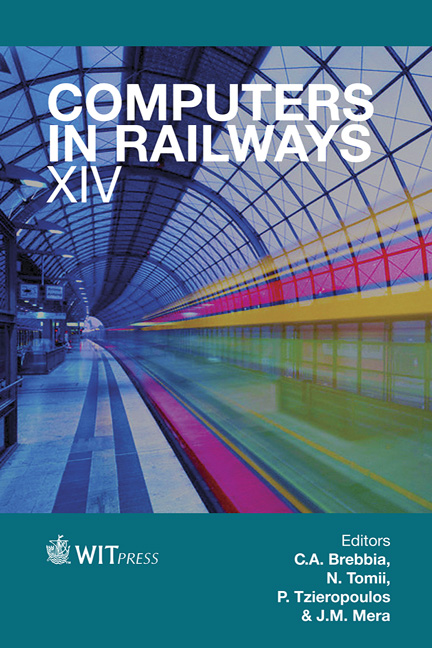A Real Option Methodology To Determine The Optimal Intervention Windows For Railway Infrastructure
Price
Free (open access)
Transaction
Volume
135
Pages
12
Page Range
437 - 448
Published
2014
Size
446 kb
Paper DOI
10.2495/CR140361
Copyright
WIT Press
Author(s)
N. Lethanh & B. T. Adey
Abstract
In this paper, a real option methodology is presented for the determination of the optimal expected time in the future for a railway infrastructure manager to decide what types of interventions, if any, are to be executed. This time is herein referred to as the optimal time to decide to execute an intervention to emphasize that when the time is fixed it is not yet known if interventions will actually be executed. Such a methodology is particularly useful in the management of railway infrastructure that belongs to a multinational freight corridor where multiple railway management organizations are involved. Every time one executes an intervention it can affect the flow of trains on the part of the infrastructure controlled by others. In the methodology an adaptation of the model used to value options in financial engineering using the Black and Scholes differential equation is used. The model enables the valuation of the ability to wait to decide to determine whether or not an intervention should be executed. The methodology is demonstrated by determining the optimal time to decide to execute interventions on a fictive rail corridor for a railway management organization. Use of the methodology is expected to improve the coordination of the execution of interventions on multiple parts of the corridor, and give a period of time in which it is relatively certain that no interventions will be executed. Keywords: maintenance, rail infrastructure, real options.
Keywords
maintenance, rail infrastructure, real options.





